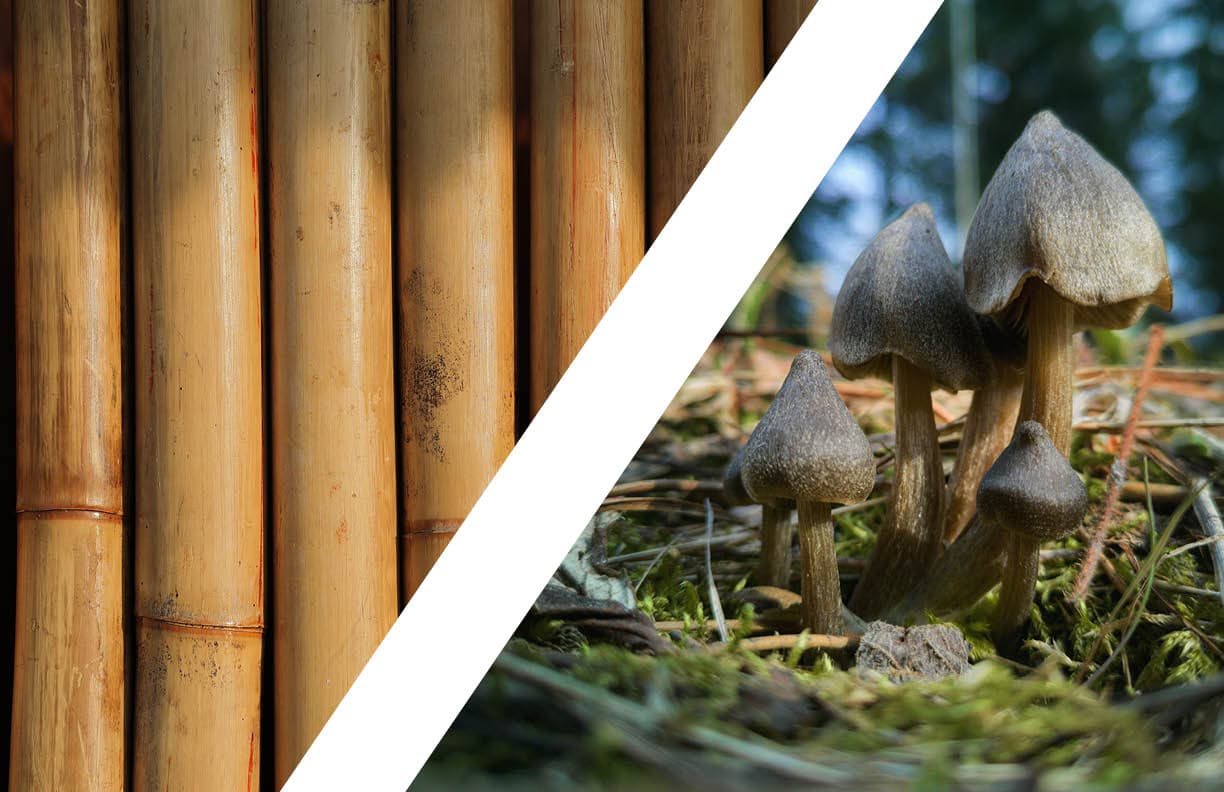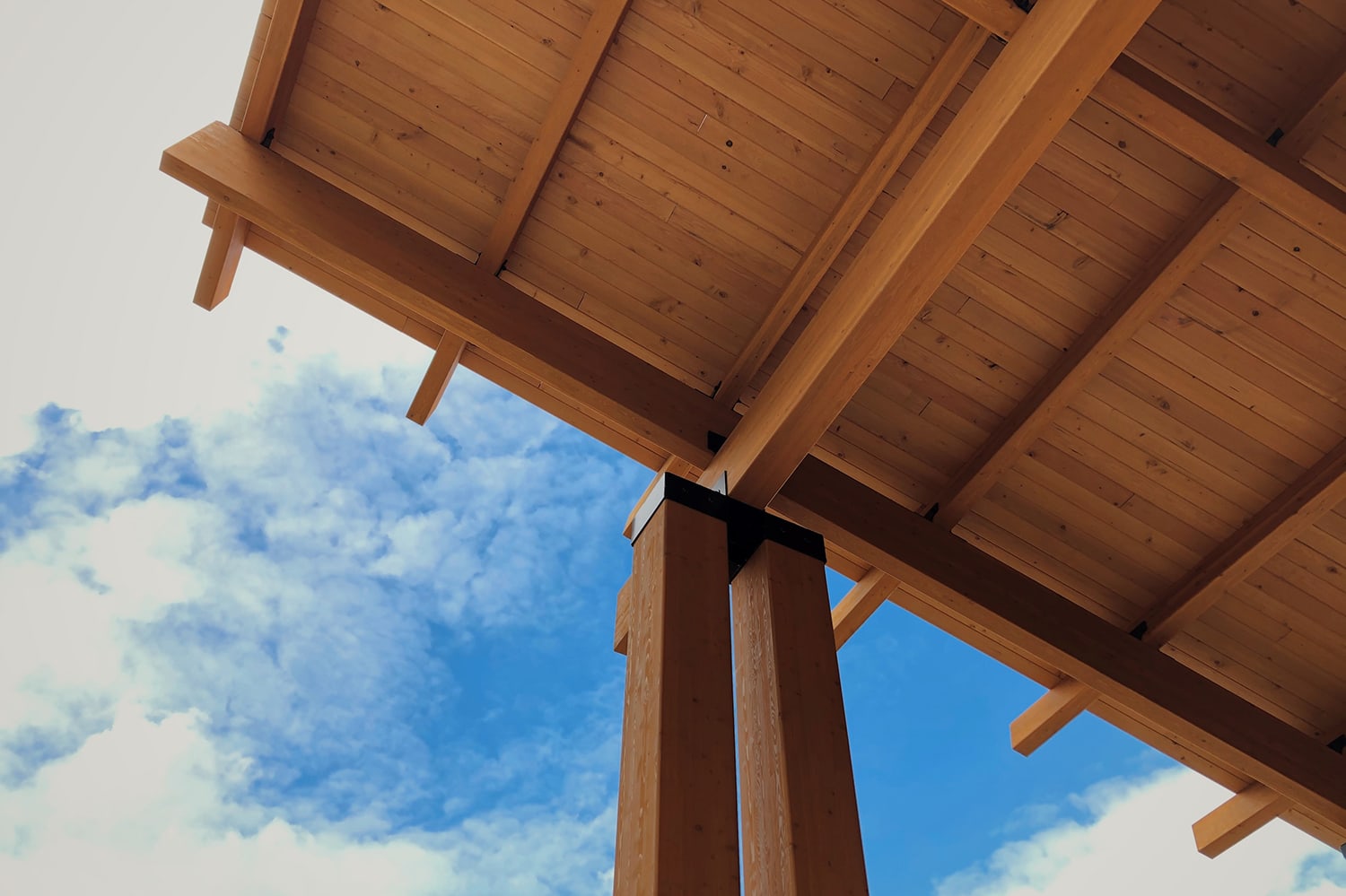
Inspired by Earth Day, we have been reflecting more deeply on our role as architects in shaping and contributing to built environments that benefit both people and the planet. Sustainable and environmentally conscious design has always been at the core of our practice – as part of the San Francisco Bay Area’s pioneering and influential tradition of building in relation to site and surrounding environment, our firm was an early proponent of environmentally sensitive design, which has since become a hallmark of today’s eco-resorts and sustainable communities.
The need for environmentally sensitive approaches is becoming increasingly vital – the UN estimates that we have just ten years to prevent irreparable damage to our climate – and so we must do more, and do better.
Architects, as the designers of future spaces, have a key role to play in the change that needs to happen, and what we need to do. We continually explore initiatives in the world of architecture and design that aim to protect our environment, limit carbon emissions, and in doing so prevent negatively contributing to climate change. One such initiative is an approach coined by Space Caviar, a research studio based in Italy, called non-extractive architecture. It describes architectural work and design that is founded on an intent to build and create without exploiting people or the planet. Joseph Grima, Space Caviar founder, explains that “non-extractive architecture questions the assumption that building must inevitably cause some kind of irreversible damage or depletion somewhere – preferably somewhere else – and the best we can do as architects is limit the damage done.”
This concept goes beyond simply limiting carbon emissions; non-extractive architecture challenges us to develop an approach and methodology that does not inevitably result in and is not intrinsically dependent on some form of extraction or exploitation.
Another exciting initiative is the use of biodegradable materials, such as cork, bamboo and mycelium. Not only is the harvesting of cork a completely renewable process, the material itself is fire deterrent, waterproof, and an insulator of acoustics. Bamboo is amazingly two to three times more durable than steel, and it grows incredibly quickly – up to four feet a day! Newer to the industry, and not quite yet being made for industrial scale use, mycelium is the vegetative part of a fungus – the hundreds of intricately interwoven fibers are incredibly strong when dried, resulting in durable, waterproof and organic bricks when molded.
One of the most widely used and, somewhat surprisingly, environmentally friendly materials is wood. While the use of wood and timber in building must come hand-in-hand with sustainable forestry management to be truly environmentally conscious and unharmful, wood and timber are far superior to concrete which accounts for eight percent of carbon dioxide emissions in its production alone each year.
There are many more and continually developing initiatives out there that aim to combat climate change and decrease negative human impact on our earth. To date there have been many significant changes that are leading us in the right direction, but there is still a long ways to go. We must ask, we must never stop asking, what more can we do? Because we must do more.










 Job Title Titlename
Job Title Titlename